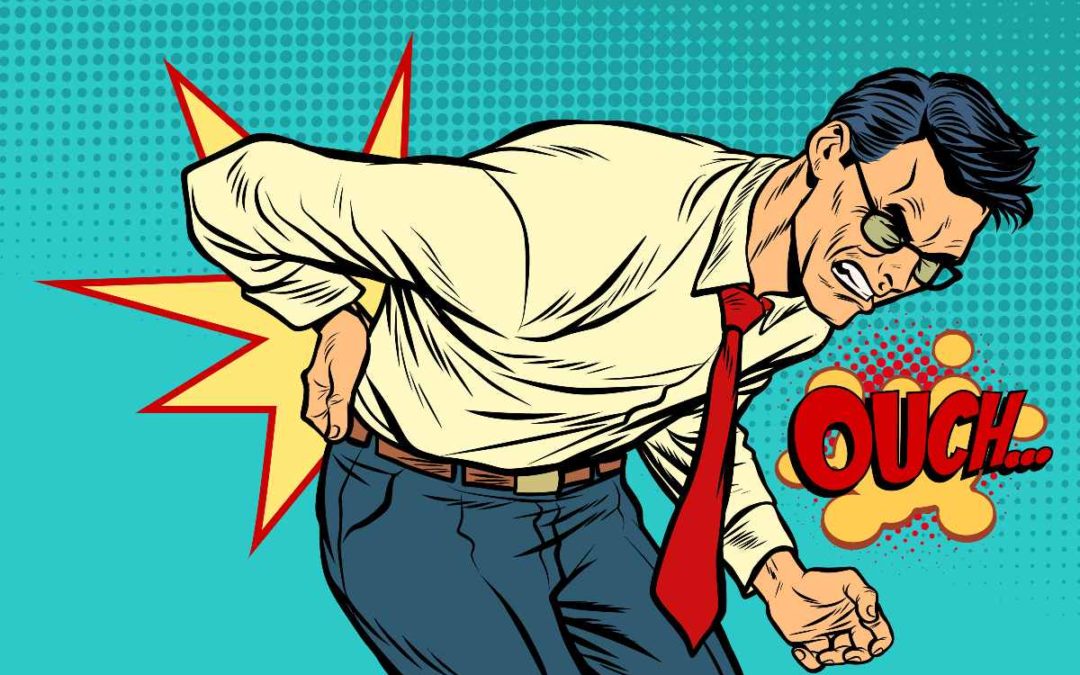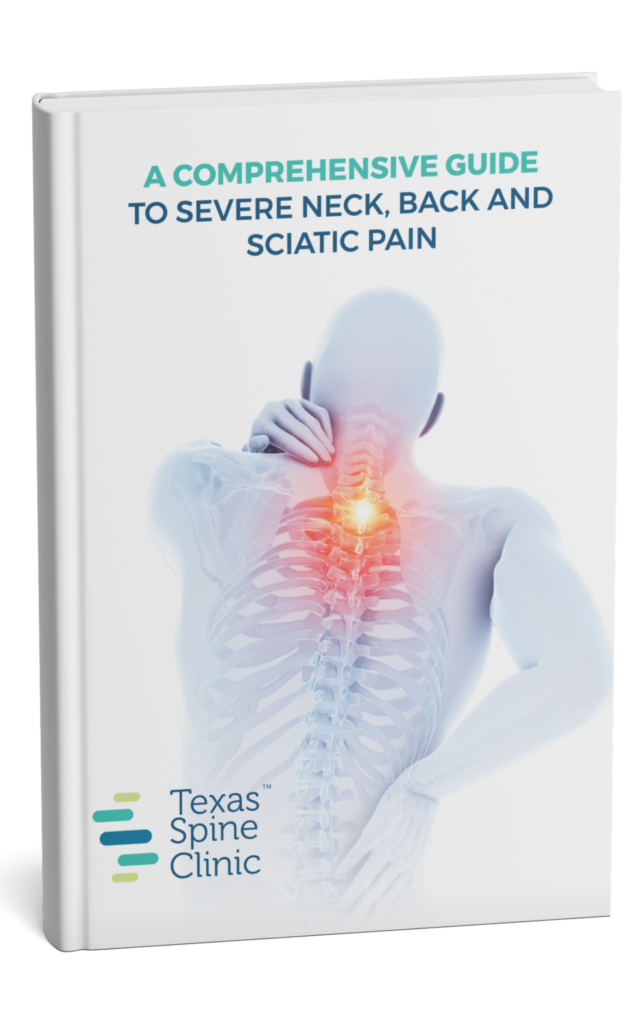If you have ever felt severe discomfort in your office and didn’t know why, you might be a victim of bad ergonomics. Offices encourage sedentary lifestyles, which means a lot of limited movement. Certain areas become strained, bearing too much weight for too long.
Texas Spine Clinic knows a thing or two about ergonomics. We’ve dealt with many clients who have fallen victim to bad ergonomics within the workplace. When that happens, our technicians can help clients with pain and give them the habits to make sure they don’t come back.
What are Ergonomics?
If you have to force your body into a particular position to achieve a goal, then your office has bad ergonomics.
Ergonomics is the study of fluid movement within an area. If you were able to move smoothly within an office space and access things in a prompt and straightforward manner, your office would have great ergonomics. If you have to force your body into a particular position to achieve a goal, then your office has bad ergonomics. Proper ergonomics should allow you to grab things easily. Instead of stretching wide to reach a stapler, you should be able to extend your hand and grab it. While stretching uncomfortably once will not be harmful, continuing in the same manner for five years may do some damage. Workplace ergonomics focus on the positioning of your body. Many people have bad posture, leading to severe problems down the road. Instead of letting these grave problems happen later, you should address it sooner and keep your movement fluid. Our staff is more than capable of handling any issues coming from poor ergonomics. However, if you would like to avoid spending time in another office getting checked for pain, follow these tricks. These will help encourage better posture, providing you with better ergonomics within your work area.
Place the items you use most within less than an arm’s length.

If you utilize a tape dispenser regularly every single day, you should not place it in an area of your desk where you must contort your body to reach it. Many people do not realize that placing an object slightly out of reach can cause a lot of issues. This can put undue pressure on muscles within your back.
Instead, keep your items in close reach. You should be able to extend your arm and grab whatever you are reaching for without stretching. Again, you should not have to force yourself to be uncomfortable so you can grab something. Make sure your workspace is comfortable before you get uncomfortable permanently.
Grab your mouse with as flat of a hand as possible.
This one may sound silly, but it is proven to work. When using your mouse, you more than likely arch your wrist up and arc your hand to click on buttons. In fact, the proper usage of a mouse is to be as flat as possible against it. If you are arcing your hand, you may be doing some serious damage.
Arcing your wrist for an extended period can inflame muscles. This can hurt the carpal tunnel,. The carpal tunnel houses many of the nerves in your wrist and hand. If the muscles get inflamed, this can put pressure on the carpal tunnel, which puts pressure on the nerves. This creates carpal tunnel syndrome. Keep your hand as flat as possible on the mouse to prevent this.
Your feet should be placed flat on the floor and forward
Your feet should be touching the ground in front of you. They should not have to struggle to reach the ground or curl underneath a chair. If you are forced to do anything out of the ordinary to feel comfortable in your chair, you need assistance.
Your legs must be at comfortable length to prevent any possible damage. By placing your feet square on the ground, you can distribute weight across the body in a natural form. No one area is having to bear the brunt of it all. This also helps the floor carry a lot of the weight just like it is supposed to.
Computer monitors should be placed at eye level
If your computer monitor is not at eye level, you have to strain your neck to see it properly. This may seem innocuous, as you might be doing it right now if you’re reading this article on a laptop or mobile device. Craning your neck downward can be very detrimental to your health.
You should not have to move your neck at all to work on a computer. The neck should be perpendicular, sticking straight out from the horizontal shoulders. Any craning could wreak havoc on your back over time, putting unneeded stress on the muscles and nerves within.
Do small stretches at your desk every hour
The biggest cause of pain is the lack of movement. An office encourages a lack of action, instead focusing on keeping you at your desk and being efficient. While this is most definitely what you should be doing, you can also work in small stretches during your daily routine. These will help relieve pain and encourage movement.
For instance, extend your arm straight out. Take your hand and stretch the fingers backward. This will stretch out the muscles in your hands, wrist, and fingers. Do this for a good 30 seconds to one minute for both arms. Also, it’s not a bad idea to do this once an hour to keep things from getting tremendously stiff. If you have any great ideas on how to keep your body safe from pain and to improve ergonomics for your workspace, let Texas Spine Clinic know. We’re always looking for new and fresh ideas on how to improve our clients and their relationship with pain. What’s worked for you in the past that you haven’t seen others do?




